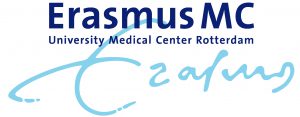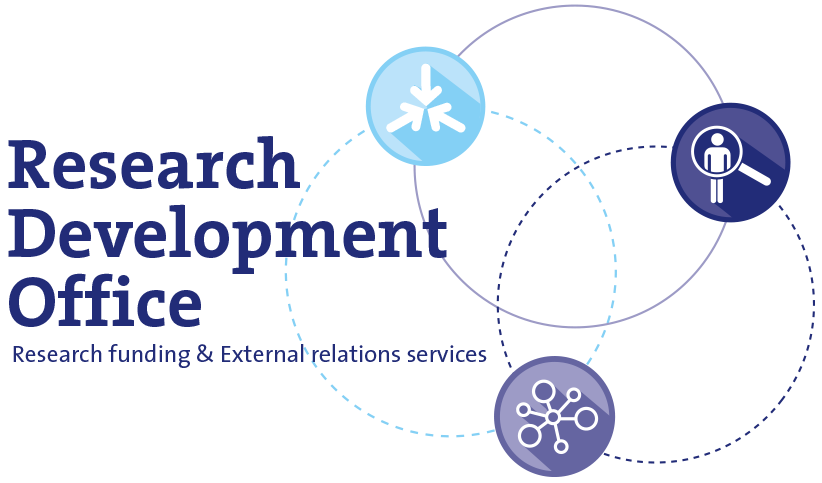Hitting the mark: Introducing Artificial Intelligence and state-of-the-art MRI techniques for Precision Radiotherapy of Glioblastoma

Project summary
Glioblastomas are the most common primary brain malignancies and come with poor prognosis. Fundamental to glioblastoma treatment is radiotherapy, where ionizing radiation is aimed at an area in the brain to inhibit tumor growth. The targeted area, called the clinical target volume (CTV), consists of the tumor visible on routinely-acquired magnetic resonance imaging (MRI), plus a safety margin. As glioblastomas are characterized by invisible tumor infiltration and the extent of infiltration varies, this margin is 1.5-cm in every direction for all patients. Although effective for tumor control, this leads to enormous target areas that include considerable amounts of healthy tissue. This can result in severe side-effects like cognitive impairment, headache, fatigue and nausea/vomiting. The aim of my research is to eliminate this one-size-fits-all approach to more accurately define the CTV for each individual patient.
First, I will develop a convolutional neural network (CNN), a form of artificial intelligence, that can predict in which patients a smaller CTV-margin is sufficient. Using a retrospective dataset, I will extract clinical parameters, delineate the recurrence volume (region where tumor progression occurs after radiotherapy) and calculate its distance to the visible tumor. In hindsight, this distance indicates the extent of infiltration. The CNN can then be trained to recognize relationships between the patient’s data and the distance of the recurrence volume.
Second, I will explore the potential of a biological CTV, generated using advanced MRI-scans for improved visualization of infiltration, rather than a 1.5-cm expansion. I will recruit 48 patients and compare recurrence coverage and healthy tissue irradiation by a biological CTV-based radiotherapy plan with one based on a 1.5-cm CTV.
Impact
My hypothesis is that introduction of artificial intelligence and state-of-the-art MRI techniques will lead to radiotherapy hitting the mark, allowing precise CTVs for glioblastoma patients, reduction of side-effects and thereby improved quality of life.
More detailed information
Principal Investigator:
Patrick Tang MSc
Role Erasmus MC:
Coordinator
Department:
Radiology and Nuclear Medicine
Project website:
Not available
Funding Agency:
NWO Mozaiek



